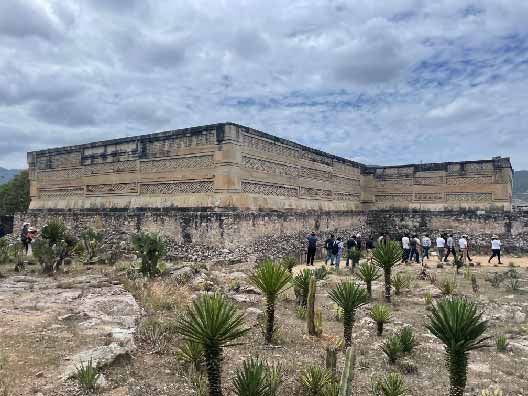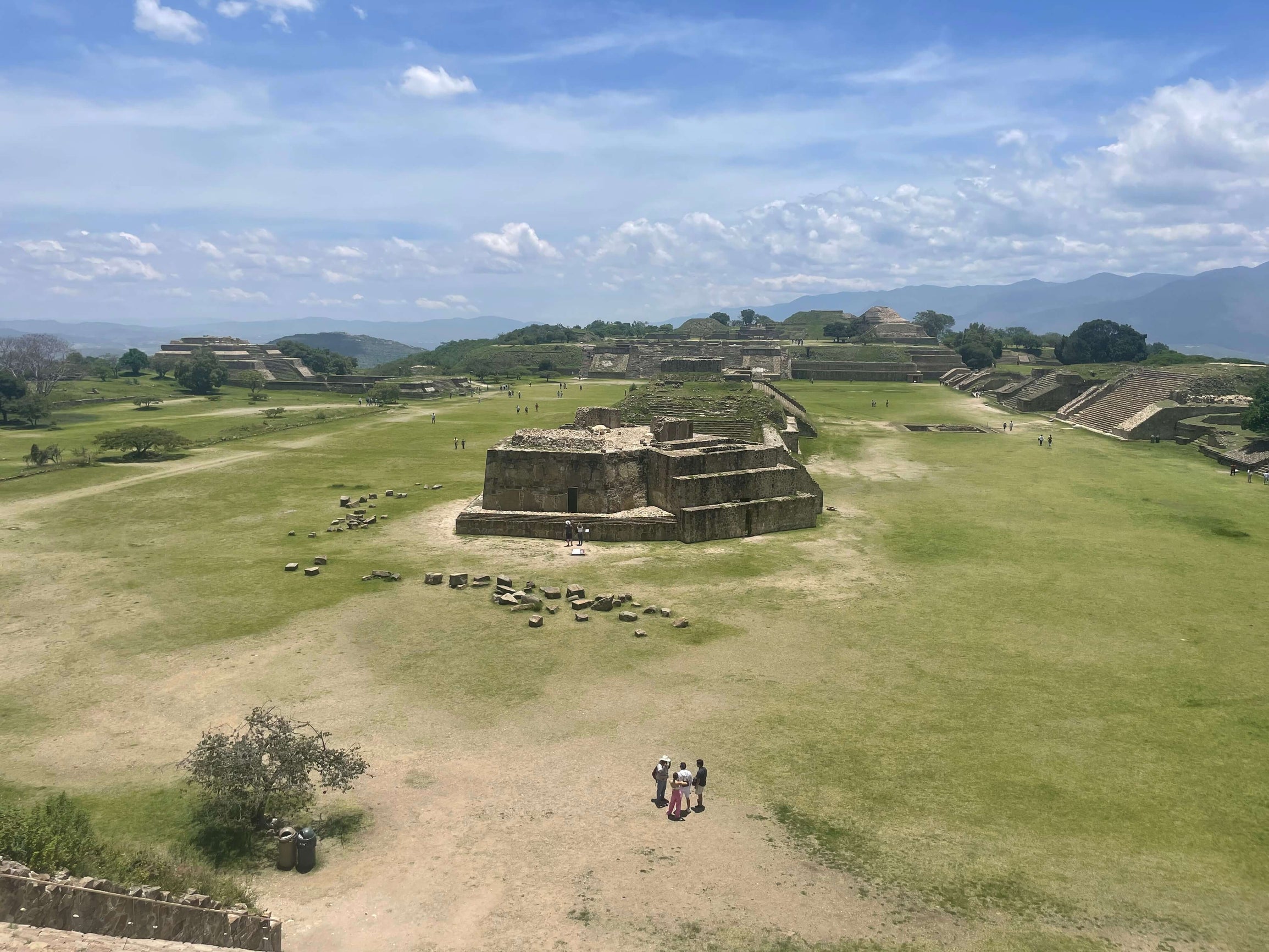As an undergraduate anthropology student, one of the most critical lessons I learned through my courses was the transformative power of archaeological interpretation, as the understandings of material culture can affect how history is understood. I loved examining case studies of previous archaeological excavations, analyzing individual objects and the stories they tell, and the mechanisms used by museums to communicate archaeological information to public audiences. Some of the most exciting opportunities for discovery lie in individual artifacts themselves: my first semester at Rice, I found myself holding my professor’s recreated lithics, and testing out atlatls with classmates in the soccer fields. Throughout my studies, I continued learning about archaeological research and the high degree of specialization and interdisciplinary work required to conduct a project, particularly through courses such as Archaeological Field Techniques, and through my senior honors thesis, in which I analyzed fauna excavated from Varner-Hogg Plantation. The methodological and analytical skills I developed from these experiences brought real archaeological research from journal articles to my fingertips, adding a critical dimension of the discipline to my academic studies.
With a desire for more experience analyzing artifacts, particularly as a member of a research team in the field, I had the privilege of joining the Rio Verde Archaeological Project in Oaxaca, Mexico as a field lab assistant the summer after I received by Bachelor of Arts. The project was led by Dr. Arthur Joyce of the University of Colorado Boulder. This opportunity was made possible by the Wagoner Foreign Study Scholarship, a fellowship that funds research abroad for Rice students and alumni.

The 2022 field season of the Rio Verde Archaeological Project focused on the collapse of the Rio Viejo polity between the Late Classic and Early Post-Classic periods. Like much of Mesoamerica, the area experienced a political collapse around A.D. 800, but the causes of this collapse are not entirely clear. Paleoenvironmental research in Mesoamerica, including Oaxaca, suggests that climate change and human impact on the environment may have been significant contributors to the collapse. The research team began to test this hypothesis through collection of data via horizontal excavations of two residences at Rio Viejo with occupations contemporary with the Late Classic and Early Postclassic periods.

I joined the team as a ceramic illustrator later in the field season, after excavation had concluded. The purpose of technical ceramic illustration is to communicate quantitative and qualitative information about excavated ceramic sherds in a consistent way that allows larger conclusions to be made regarding trends in ceramic formation. Patterns in rim diameter, height, and curvature; and stylistic design choices such as the absence or presence of paint or slip, incised or pressed patterns, or [external appendages] such as handles or zoomorphic displays can have deep implications for archaeological research and interpretation. Archaeologists can glean information about the role of ceramics in society from functional, social, and cultural lenses, and even date other artifacts in the same strata by cross-checking patterns in the ceramic assemblage with established (and continually improved) criteria for specific periods of ceramic formation and design in various culture areas.

Upon arriving, I was trained in ceramic categorization, illustration, and typology. I first learned how to illustrate a complete vessel, some which were reconstructed by a colleague using associated sherds in the excavated assemblage, and then later learned to illustrate rim sherds. I learned how to capture and measure rim diameter, vessel height, and vessel curvature and angle, and to use this information to develop a ceramic drawing that translates this information in a communicable way for archaeological analysis. This process was tedious, and required intense focus as sherds were often extremely small and required accurate measurement to the millimeter. Additionally, the skill required a lot of practice to develop. I had the opportunity to illustrate hundreds of vessels and sherds, first by hand with pencil and paper, and then through digitization with Adobe Illustrator.
As I worked to document a small percentage of the countless ceramic sherds that emerged from the earth, I was struck by the various moving parts of artifact analysis that contribute to the field lab environment. Archaeologists, bioarcheologists, and other specialists were each working to develop knowledge on different components of the broader project research questions. Further, numerous analytical methodologies were utilized to study different artifact types, the application of which required the intersection of strong expertise at both the material-level and the culture area and time period. I am extremely grateful to have been able to work alongside expert scholars from the U.S., Mexico, and Japan, professors and students, that together were able to accomplish the complex task of workstream integration and archaeological interpretation to forward research on the Classic period collapse on the Oaxacan coast. I am thankful for my professors and classmates at Rice, who invested in and prepared me for this experience, and to my team in Oaxaca, who helped me to develop as an archaeology student and researcher, and with whom I formed many close friendships.


